The Primary Transit Network and its feeder routes
What do you need to know now to get ready for the Primary Transit Network? Here are the five most important things:
Schedules now available
Your stops and routes will change
New lines, routes, and On-Request zones launch June 29
Frequent, direct, connected, and easy to use
The new network will be accessible
Help us spread the word! Find resources to share with your community in our toolkit.
Contact
We invite you to sign up to receive updates from the Primary Transit Network project team. Subscribe for updates
Questions or Concerns? Contact 311.
Schedules now available
You can now look up stop schedules and plan trips for the new network using Navigo. Please note: with a schedule update of this size, some initial users may encounter bugs. If you are seeing an unexpected or strange Navigo result, please report it to 311. If possible, take a screenshot. Your feedback will help improve this service for everyone.
Not online? As always, you can contact 311 for assistance.Image
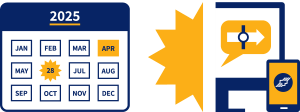
You can also look at all the new routes in our system map.
If you have accessibility needs and require information in another format, please contact 311 for assistance.
Your stops and routes will change
We’re replacing just about all bus routes in Winnipeg, simplifying our network. Straighter routes make it easier to get from anywhere to anywhere. They’re also more efficient.Image
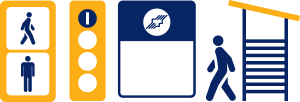
All bus stops will get new sign plates, and new stop numbers.
- We’ll add new stops on streets getting transit for the first time
- We’ll remove them where buses will no longer run
- We’ll move stops to make them more accessible, closer to controlled crosswalks , and with more consistent spacing.
We’ll also upgrade bus stop infrastructure, improving accessibility. Improving bus stop accessibility is an ongoing effort for Winnipeg Transit, but we have additional funds for this work as part of this project. We’ll continue these additional upgrades throughout 2025 to 2028.
Why are bus stop locations changing?
With the new network, stops are spaced according to service class. For example, stops are further apart on Rapid Transit and Frequent Express bus lines than they are on feeder routes. Image
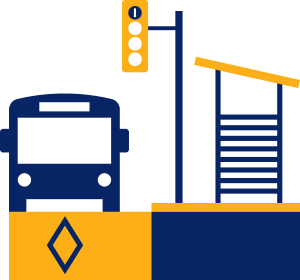
How do we decide where bus stops go?
We choose bus stop locations that are accessible and connection friendly. There are two stages to selecting stop locations.
The first stage selects a general stop location along a service line or route.
We consider:
- transfers – is a transfer stop available if routes intersect or overlap?
- pairing – are all stops placed in pairs, except on one-way loops?
- spacing – are stops spaced according to service class?
- pedestrian crossing opportunities – are there signals or pedestrian corridors?
- points of interest – are stops near key locations like universities or malls?
The second stage is site-specific, when we determine the precise location.
We check for:
- availability of physical space – is a location large enough for buses? Can passengers safely get off the bus?
- transfer walking distance – can we put stops near pedestrian crossings to make transfers easier?
- pedestrian infrastructure – is a location connected to the sidewalk network?
- existing stop infrastructure – are there amenities like shelters or signage?
- operations and safety – does a location promote safe driving for operators?
- adjacent land-use and parking impacts – what’s next to the location? Will transit impact parking?
Lines, Routes, On-Request Zones launch Sunday, June 29, 2025
The last day our current route network operates is Saturday June 28. The next day, the new network goes into service.
Watch this video for an introduction to the Primary Transit Network and its feeder routes, a ‘spine-and-feeder’ network

What is the Primary Transit Network?
The Primary Transit Network is made of: Rapid Transit Lines, Frequent Express Lines, Frequent Lines and Direct Lines.Image

All Primary Lines are simpler, straighter, and have fewer bus stops than many current routes. Simple, straight lines with fewer stops mean transit can run faster and more frequently, so people wait less and reach their destination faster.
At the busiest times of day, Primary Lines will arrive often enough that you won’t need to follow a schedule.Expand all Collapse all
What’s the difference between Rapid Transit and Frequent Express? Frequent and Direct?
What is the feeder route network?
The feeder route network is made up of community and connector routes and On-Request service. It connects to the Primary Transit Network. Feeder routes will avoid congested areas and stay on time more often.Image
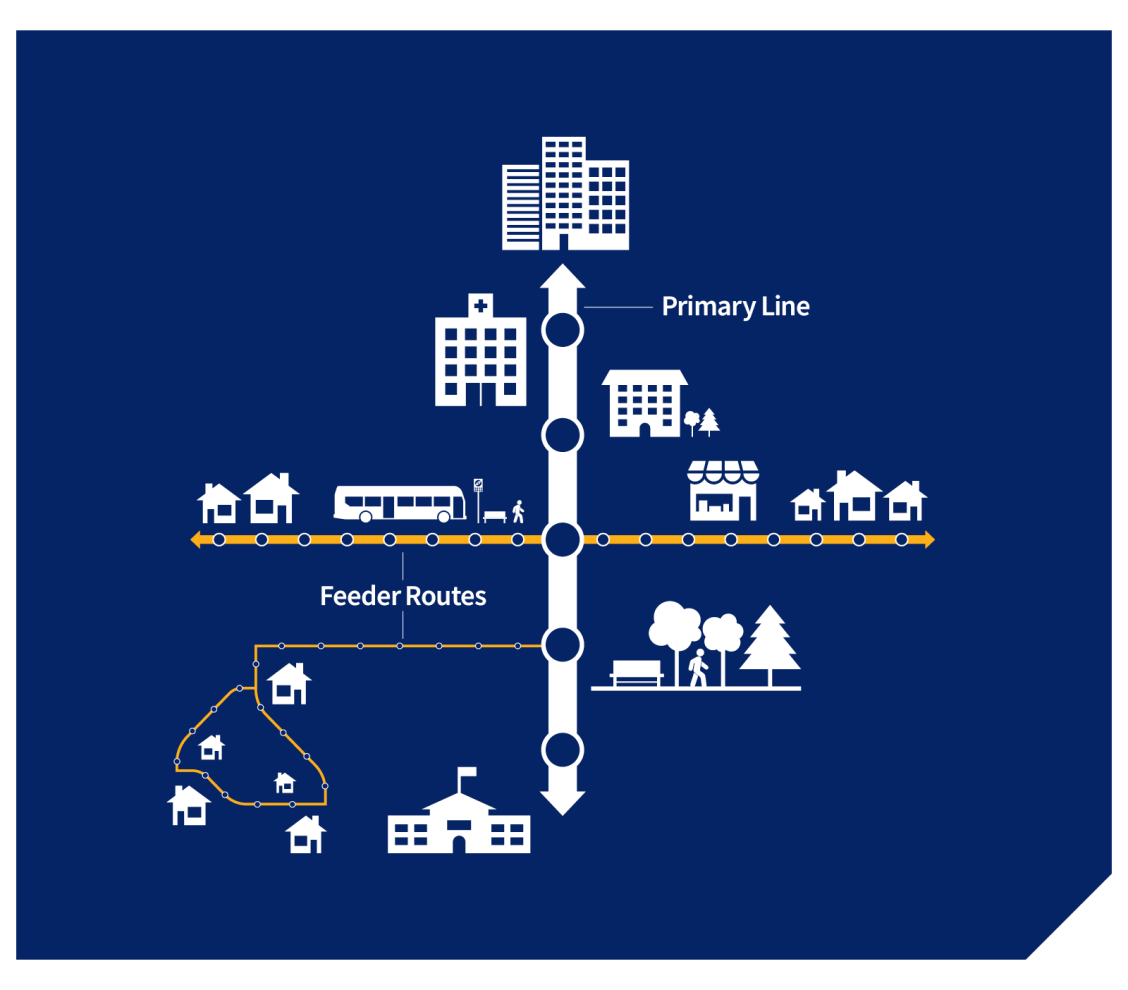
Putting it together: types of service
Primary Transit Network
Expand all Collapse all
Class 1 – Rapid Transit
Class 2 – Frequent Express
Class 3 – Frequent
Class 4 – Direct Lines
Feeder Network
Expand all Collapse all
Class 5 – Connector Routes
Class 6 – Community Routes
Class 7 – On-Request
Class 8 – Limited Span
Will I have to transfer more than I do now?
It depends on where you are going. For some trips, you may need to transfer from a bus on the feeder network to a bus on the Primary Transit Network, for example. Other trips may be more direct than they are now, with fewer transfers.
Transfers, where necessary, are an important part of the design of a more frequent, reliable service, for multiple reasons.
We’ve all experienced traffic congestion downtown. Especially during peak times – weekday morning and afternoon rushes. With the new network, only Primary Transit Network lines go in and out of downtown. Service on these lines will be frequent and involve fewer turns, which will make it more reliable.
Service on feeder routes will also be more reliable, because they will not travel downtown at all.
In the past, Winnipeg Transit prioritized one-seat-rides between downtown and communities during rush hours. This was because they were seen as being more convenient, but the cost is increased congestion. Especially because most current routes travel east to west once they get downtown. And some of these buses fill up with passengers who only need to ride for a short distance. This means there may not be enough room left for passengers who want to ride further along the route to reach a specific community.
Separating service into the Primary Transit Network and its feeder routes lets us increase capacity and maintain frequent service to and from downtown. We also improve service for all the passengers who are travelling elsewhere. Data for the Winnipeg Transit Master Plan showed us less than 20% of transit trips city-wide end downtown.
How does On-Request work?
More On-Request zones are coming to Winnipeg. In most, there is also a fixed route that operates only at times with higher demand. Meantime, the On-Request bus operates at times when demand is lower. Often, this is evenings and weekends.
To take On-Request, you book a trip to and from anywhere within your zone. You can find more information about how this process works on our On-Request service page.
Like our fixed transit routes, On-Request is a shared-ride service. This means other passengers will be picked up and dropped off along the way.
The new network will be more frequent, direct, connected, and simplified
You’ll benefit from a route network that’s more:
- Frequent: Buses arrive more often on frequent routes
- Direct: Major routes are straighter, fewer take slow and winding paths
- Connected: Service expands into new areas, and bus stops move to improve connections
- Simplified: Routes are easier to figure out
The new network will be accessible
How will accessibility be improved?
Improved transfer points and bus stops
Image
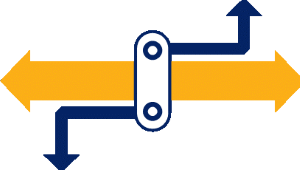
- We’re moving bus stops to make transfers easier.
- This means placing them close to intersections with controlled crosswalks, so people don’t have to walk as far to transfer to a different bus
- We’re also upgrading bus stop infrastructure, and installing new accessible bus stop platforms
- We make regular upgrades to improve bus stop accessibility, but have extra money for this as part of this project through 2025-28
- This work will continue throughout the coming years
From anywhere in Winnipeg, to anywhere in Winnipeg
Image
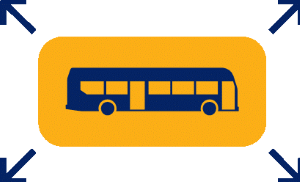
- The new network is designed to help people of all abilities access more of the city
- Our current route network is best for traveling to Downtown, but only one out of five trips end up there
- The new network is designed to be more like a grid, that lets you travel more easily throughout Winnipeg
Expanded On-Request provides options for Transit Plus customers
Image
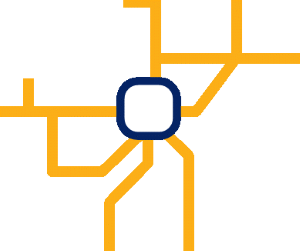
- Where feasible, Transit Plus customers traveling within On-Request zones can get curb-to-curb service
- Instead of having to walk to a ‘virtual stop’ to board On-Request, where feasible Transit Plus customers are picked up at their location
- This increases options for taking transit without advance booking
- On-Request is always booked at the time you want your trip
- Currently, Transit Plus trips must be booked in advance
How did we get here?
City Council approved the launch of the Primary Transit Network, which will happen on June 29, 2025.
Bringing in this new transit network is the single most important change under the Winnipeg Transit Master Plan (approved in 2021). The transit system will transform from a radial system to a spine and feeder system across the city.
- System map (PDF, 2.7MB)
- Individual route maps and turn-by-turn descriptions (PDF, 6.8MB)
- Approved implementation plan
If you have accessibility needs and are unable to explore the map in this format, please contact 311 for assistance.
2026 and beyond: Annual Service Planning
We won’t make any route changes for a full year after we launch. During this time, we’ll analyze travel patterns. We’ll see what’s working and what’s not.
After that, changes to feeder routes will be made on a regular cycle. It’s called the Annual Service Planning Process. It starts with considering changes and ends with implementing them.
One benefit of moving to a spine-and-feeder system is that it becomes much easier to make small changes to the feeder network. Because service is separated between the Primary Lines and Feeder Routes, making changes in one spot doesn’t have a snowball effect.
This leeway allows us to be more responsive to changes and growth in neighbourhoods. For example, we’ve made a number of incremental changes to southwest Winnipeg feeder routes that launched in 2020.
The proposed Primary Transit Network will expand in the future, as the city grows and more people ride transit. Over time, it will look more and more like the long-term network plan in the Winnipeg Transit Master Plan.
Frequently asked questions
Expand all Collapse all
Why is Winnipeg Transit replacing its route network?
Will printed maps/schedules be available to help passengers transition?
Where can I find printable schedules/timetables?
Something seems off with my Navigo result for the new network. What do I do now?
Why is my bus route being cancelled?
How did you determine the location of bus lines and routes?
Why is bus service being added to new streets?
How will the new network help more buses be on-time?
How will the new network help with overcrowding?
Will the new network include school charters?
How are the needs of people with disabilities being considered with the launch of the new network?
Where are bus stops located?
Is it possible routes will change after the Network launch?
How are bus stop locations determined?
Was there public engagement about the new network?
My bus route to Red River College Notre Dame doesn’t go in the bus loop. How is safety for passengers being considered?
Was this information helpful?
